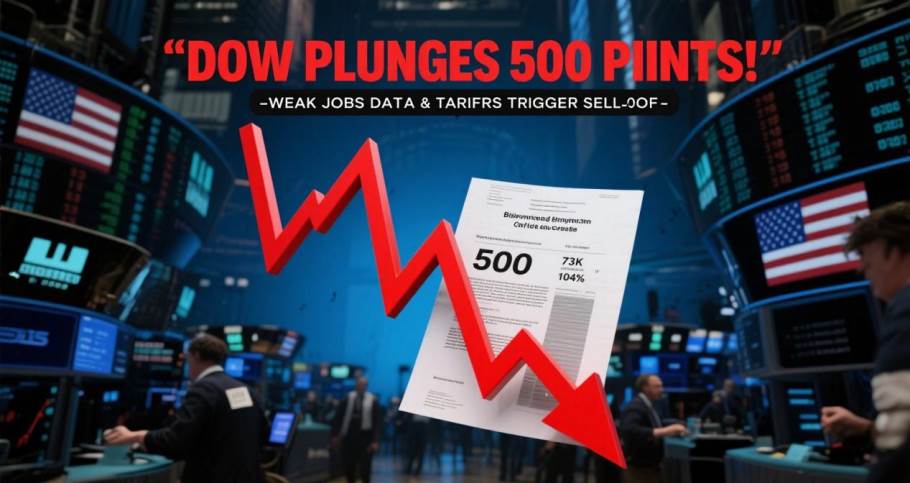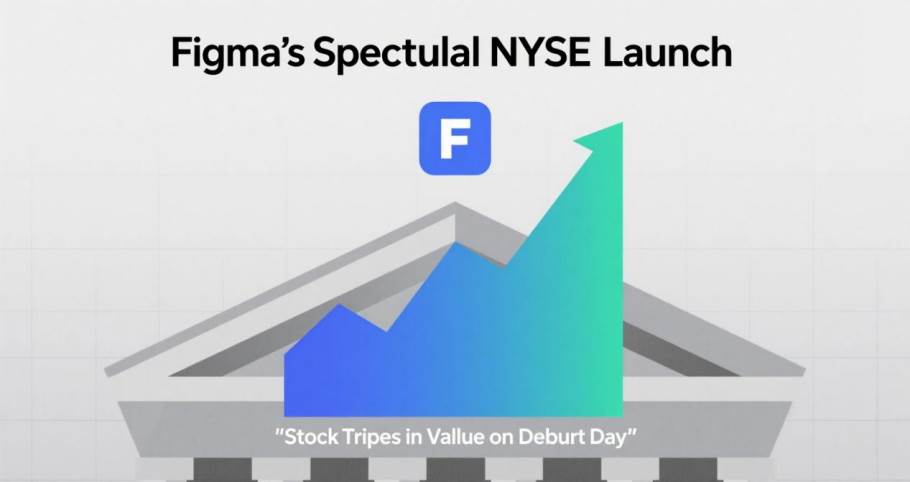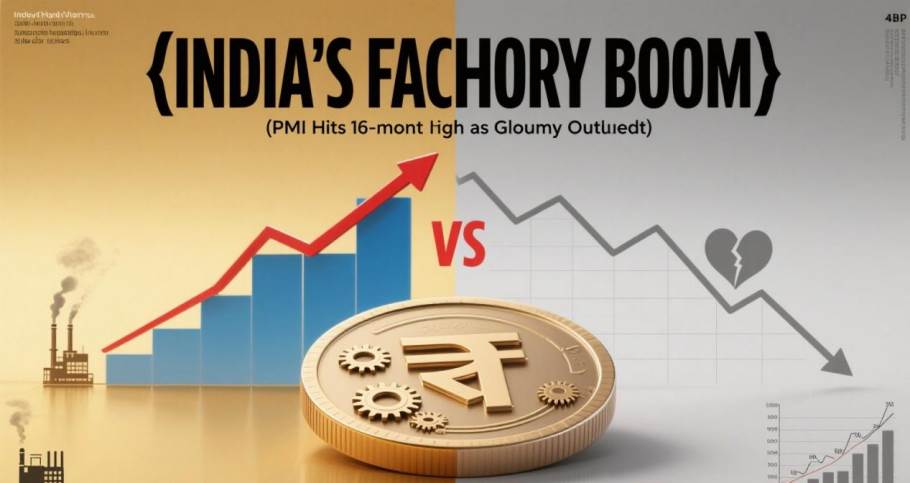Over 20% of Hong Kong's Young Investors Hold Digital Assets, Fidelity International Reveals Generational Divide
Fidelity International's latest "2025 Asia Pacific Investor Survey" paints a detailed demographic portrait of Hong Kong's digital asset market. In this landscape, the stark contrasts defined by age and gender stand out prominently, while subtle shifts in market sentiment suggest this emerging asset class is transitioning from the fringe toward mainstream acceptance. Although only 16% of Hong Kong investors overall hold digital assets, the high participation rate among young male investors and the growing trend of long-term holders together sketch a fragmented yet promising market.
Digital asset adoption in Hong Kong shows a steep age gradient. Among investors under 40, 23% have ventured into this space, with males aged 18-29 leading at 41%—a cohort that could be termed the "digital-native generation" in financial decision-making. This figure plummets to 12% for the 40-54 age group and drops further to just 5% among those 55 and older, revealing a clear generational rift between traditional investment mentalities and emerging assets.
"Younger investors have an innate affinity for technology-driven financial forms, which is inseparable from their coming of age during blockchain's explosive growth," notes Eric Lai, Deputy Director of Digital Asset Investments at Fidelity International.
The gender gap uncovered by the survey is even more striking. Male investors' overall participation rate triples that of females, with over 40% of males under 30 holding digital assets compared to just 9% of female investors—a dramatic disparity reflecting both gendered risk appetites and structural barriers in fintech accessibility.
"Female investors tend to prioritize asset safety and stability," Lai analyzes, "but this dynamic may shift as more institutionalized products emerge."

While 37% of investors hold assets for less than a year—indicating short-term trading remains a key driver—the more noteworthy trend is that 63% hold beyond one year, including 22% planning five-year-plus commitments.
The article is not finished. Click on the next page to continue.
The article is not finished. Click on the next page to continue.




















